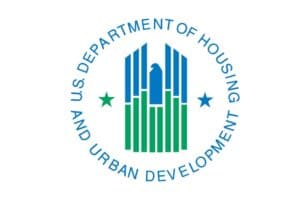The recent changes to the HUD Rental Assistance Demonstration (RAD) program offer several potential benefits and implications for non-PHA (private owner) developers who wish to leverage the program for affordable housing initiatives:
1. Extended Application Timeline: With the application deadline now extended to 2029, private owners have more time to prepare and submit applications for RAD participation. This longer timeline can facilitate more thoughtful planning and collaboration with local PHAs, which is essential for successful project development.
2. Improved Flexibility with Section 18 Blends: The ability to blend RAD and Section 18 contracts into a single HAP contract simplifies the funding and operational structure for private owners. This can lead to increased financial viability for projects as developers can potentially access a larger pool of funding and streamline compliance requirements. The consolidation means that properties transitioning from public housing may now benefit from unified contract terms and protections.
3. Access to Tenant Protection Vouchers (TPVs): The changes allow for the conversion of TPVs generated from Section 18 units to project-based rental assistance (PBRA) or project-based vouchers (PBV). For private owners, this flexibility can enhance funding options and improve financial stability for their affordable housing projects.
4. Inclusion of Senior Housing: The conversion of SPRAC contracts to Section 8 contracts opens new opportunities for private owners of senior housing developments. This change can attract private developers to engage in redeveloping or enhancing senior housing projects under the RAD program, allowing them to provide more affordable units.
5. Potential for Increased Funding and Partnerships: The enhancements to the RAD program may encourage more public-private partnerships. Non-PHA developers can leverage the RAD program to access public funding, which could make affordable housing projects more financially feasible. Additionally, they can align their projects with the goals of community revitalization, potentially increasing local support and investment.
Overall, these changes present a significant opportunity for non-PHA developers to engage more fully with the RAD program, enhancing their capacity to contribute to affordable housing solutions across various communities.
